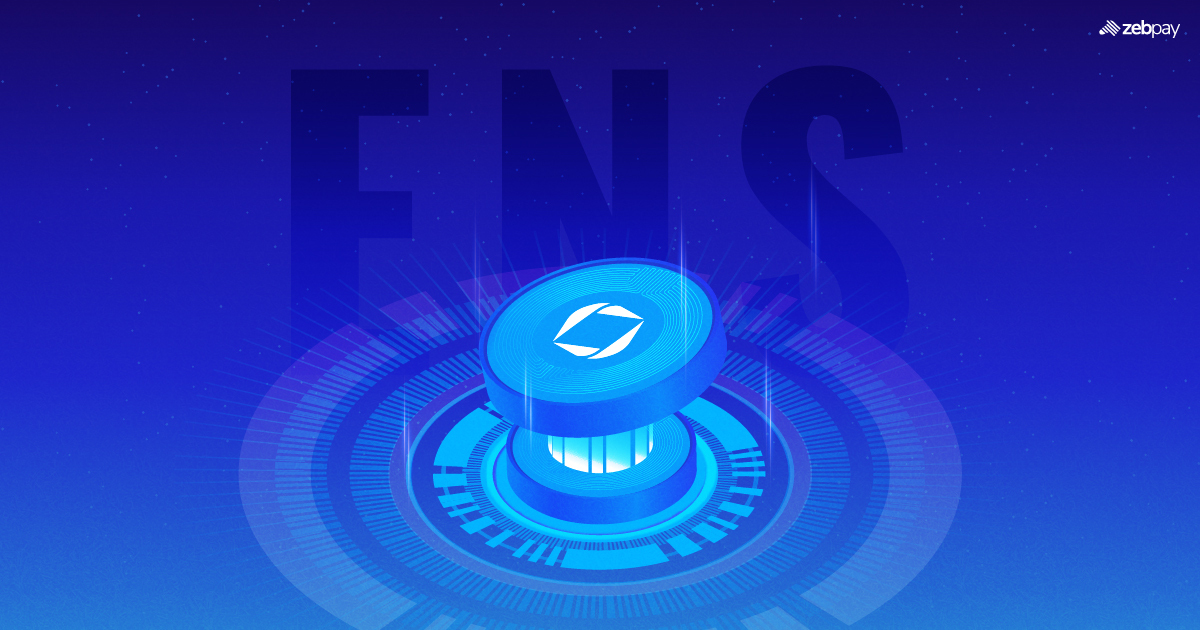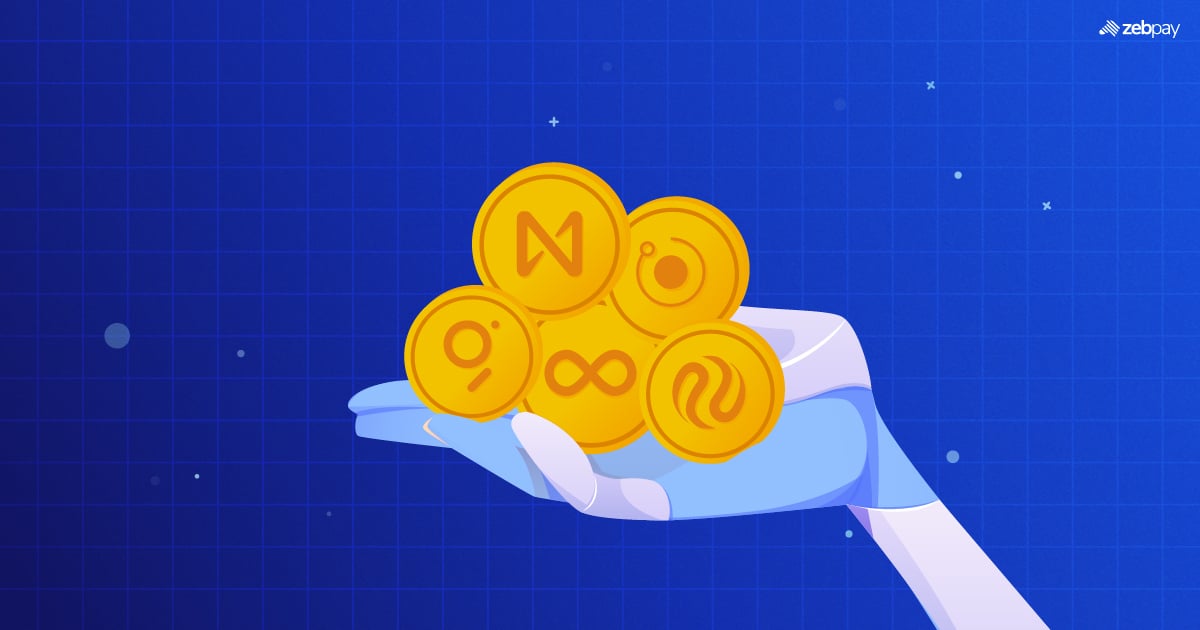Millions of people type in the addresses of websites they want to visit every day. But while you wait for a website to load, even if for just a fraction of a second, have you ever wondered what goes on behind the scenes?
A problem that plagued computer scientists during the early days of the internet was the need to use IP addresses to access websites. An IP address is a string of seemingly random numbers that represent the address of a website on the internet. And since the string is seemingly random, it isn’t the easiest to remember, making it harder to surf the web.
This problem was solved with the development of the Domain Name System by Elizabeth Feinler and Paul Mockapetris in 1983. The DNS simply matches the IP addresses to human-friendly website names.
Now while the crypto sector may be developing at a blistering pace, we still use an address system with a long random string of characters similar to the IP addresses. How easy would it be to send your friend Max some crypto at Max.eth instead of a long and random wallet address?
Enter, Ethereum Name Service.
Introduction To Ethereum Name Service
An open and distributed system, the Ethereum Name System transforms long and complex crypto wallet addresses into easy-to-remember words just like DNS converts IP addresses into easy-to-remember websites.
Let’s go back to your friend Max. It’s Max’s birthday and you want to send him some crypto as a gift. However, you can’t seem to find his wallet address. With ENS, Max can buy a domain such as Max.eth and link it to whichever wallet address he likes!
The ENS enables users to buy and manage their domains. As a result, secure and decentralised transactions can take place in the absence of long and complex addresses. Additionally, ENS also reduces the chances of typing in the wrong recipient address.
The ENS utilises domains, which is a system of hierarchical names, just like DNS. The creator and the owner of a domain have control over the top-level domain and the subsequent subdomains. While the ENS may sound very much like the DNS, there are some major differences between the two.
Read more: Future Of Decentralised Web3 Domain Names
How The ENS Works?
The ENS domain architecture is made up of two important components each with its function: the ENS Registry and the Resolver.
ENS Registry:
The ENS Registry is essentially a smart contract that maintains a list of domains and subdomains along with their key information. This includes data about the eth domain of the owner and the resolver of the domain. The ENS Registry also has something called a registrar, which issues subdomains. Subdomains are like sections of a website that you would like to navigate.
Say Max wants to set up a college fund for himself and decides to deposit some crypto in it monthly. Since he already owns the domain Max.eth, he can create a subdomain named college.Max.eth and link it to his college fund wallet address.
Resolver:
Resolvers offer the answer to “Is Ethereum Name Service safe?” They are essentially smart contracts that ensure the security of the network by implementing specific standards. The resolver is responsible for providing data such as crypto addresses when required.
What Makes The ENS So Special?
The ENS seems to be a remarkable tool. It’s just like a naming service for crypto addresses. But why does that make it such a remarkable innovation? What are some of the things that make it so noteworthy?
Since it’s built on the Ethereum Blockchain network and was designed for Ethereum smart contracts, it is much more decentralised than the DNS. As a result, the ENS doesn’t suffer from security issues that come with a centralised structure. Over 180,000 DNS servers were attacked in October 2020 by Chinese internet service providers.
New human-readable crypto addresses make it much easier to send payments. All you need to do is send across your .eth address and wait for the transaction to succeed. Elaborating on this, with more recognisable, personal, and easy-to-remember addresses, the ENS reduces the chances of human error. It’s not a good feeling to send crypto to the wrong address. In case of non-compliance from the receiver, your crypto is lost for good.
In addition to the above, ENS with its proprietary architecture helps address issues such as a lack of privacy and increased censorship in a centralised world.
ENS DAO
ENS is operated through a Decentralised Autonomous Organisation (DAO). The DAO is governed through the ENS token. The owners of the ENS token can have a say in the future development of ENS DAO through voting.
The ENS tokens have been distributed through different methods. 25 % of the ENS tokens have been airdropped to Eth holders, 50% of the ENS tokens are part of the Community treasury, and the remaining 25% is held by ENS contributors.
Final Thoughts
A breakdown of ENS’s basics tells us how revolutionary this technology is for the crypto industry. Beginners that attempt to enter the system run into lengthy and intricate strings of crypto addresses. We need to find answers to problems with accessibility in crypto and DeFi to promote adoption.
ENS solves a fundamental problem in the crypto space. With all these possibilities, Imagine how easy it must be for Max to receive crypto.







